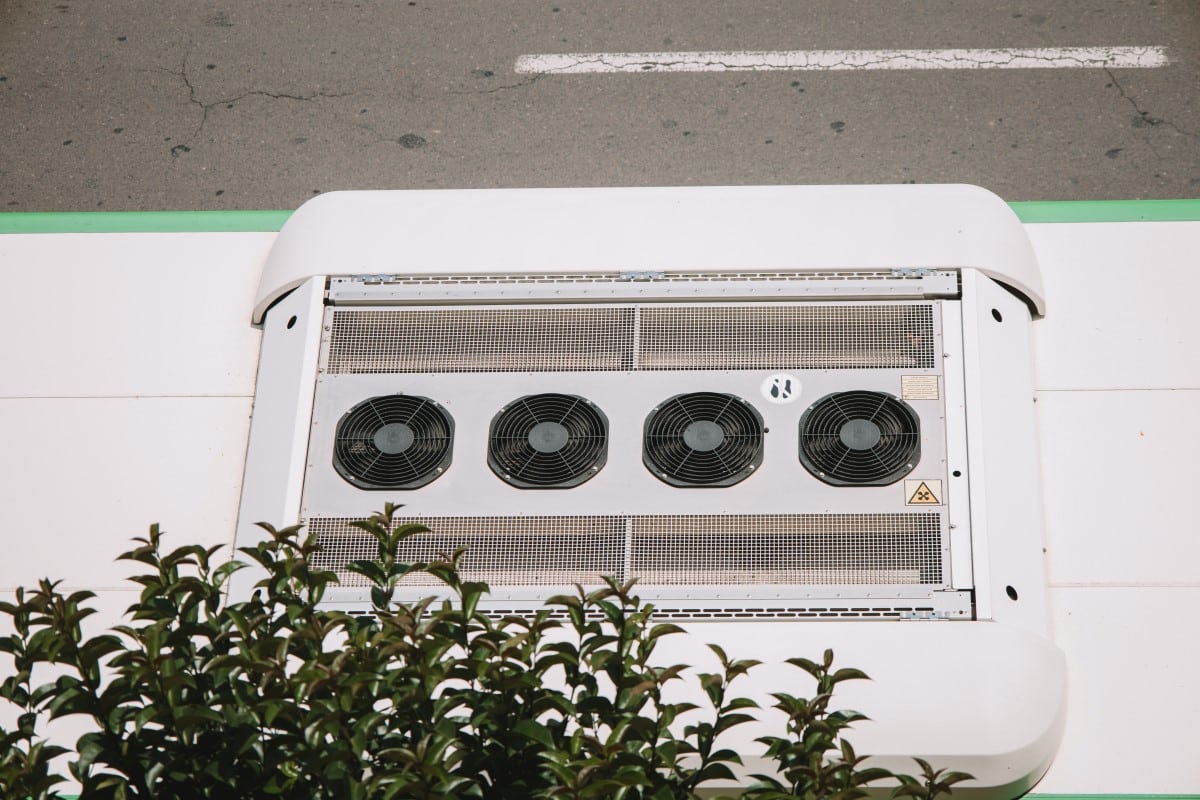Air-Conditioning: A Climate Challenge and a Path to Improvement
As temperatures soar and heatwaves become more frequent due to climate change, air-conditioning has become an indispensable necessity in many parts of the world. However, this technology is not without its challenges. While it provides relief from scorching heat, the widespread use of air-conditioning is putting tremendous pressure on global energy demands. In this article, we will explore the growing climate problem posed by air-conditioning, the path to improvement for cooling, and its impact on air-conditioning sales in homes.
Uneven Distribution of Cooling Technology
While air-conditioning is a common sight in many parts of the US, a significant portion of the world’s population still lacks access to this technology. That especially relates to countries at high risk for extreme heat. In India, for example, only about 5% of households have air-conditioning. As temperatures rise, the need for cooling solutions will undoubtedly increase in these regions.
The Growing Demand for Air-Conditioning
The world’s largest air conditioner manufacturers are currently targeting growing markets in Asia and Africa. Thus, analysts expect the number of air-conditioning units to rise significantly in the coming decades. By 2050, more than two-thirds of the global population will have access to air conditioning, with a major concentration in China, Indonesia, and India. This widespread access to cooling is crucial for saving lives during heatwaves. However, it also poses a considerable challenge in terms of energy demand.
The Energy Challenge of Air-Conditioning
Space cooling, primarily driven by air-conditioning, will likely contribute nearly 40% of the expected growth in energy demand between now and 2050. The energy consumption for cooling was approximately 2,000 terawatt-hours globally in 2018. But this figure could reach 6,200 TWh by 2050. To put this into perspective, meeting this energy demand would require generating renewable energy equivalent to the entire US electrical grid’s capacity in 2022.
The Path to Improvement: The Global Cooling Prize
The increasing energy demand for air-conditioning poses a significant concern. However, there is optimism in the potential for technological advancements. The Global Cooling Prize, a competition that concluded in 2021, aimed to find cooling solutions with reduced climate impact. The winning teams managed to create much more efficient versions of existing air conditioners. They incorporated better components and innovative features to achieve such a result.
Exploring Innovative Approaches and Impact on Air Conditioning Sales
Apart from improving existing air conditioner technology, the Global Cooling Prize finalists also explored novel cooling methods. Some startups focused on utilizing desiccants, materials capable of absorbing moisture from the air, to create cooling devices with significantly reduced electricity consumption. While these approaches may not have met all the criteria of the competition, they highlight the potential for groundbreaking innovations in the cooling industry.
With advancements in air conditioning technology, home air conditioning sales might witness a surge in demand. As air-conditioning units become more energy-efficient and environmentally friendly, consumers are likely to opt for these upgraded systems to combat rising temperatures and reduce their carbon footprint.
The Journey Ahead
The quest for more sustainable and energy-efficient cooling solutions is ongoing. While there is still room for much progress, researchers and innovators continue to explore alternative materials and technologies that could revolutionize the cooling industry. As the world faces the dual challenge of addressing climate change and providing essential cooling solutions, these advancements offer hope for a more sustainable and comfortable future for both cooling technology and air conditioning sales.
The post Air-Conditioning: Climate Challenge and Path to Improvement appeared first on FinanceBrokerage.






























